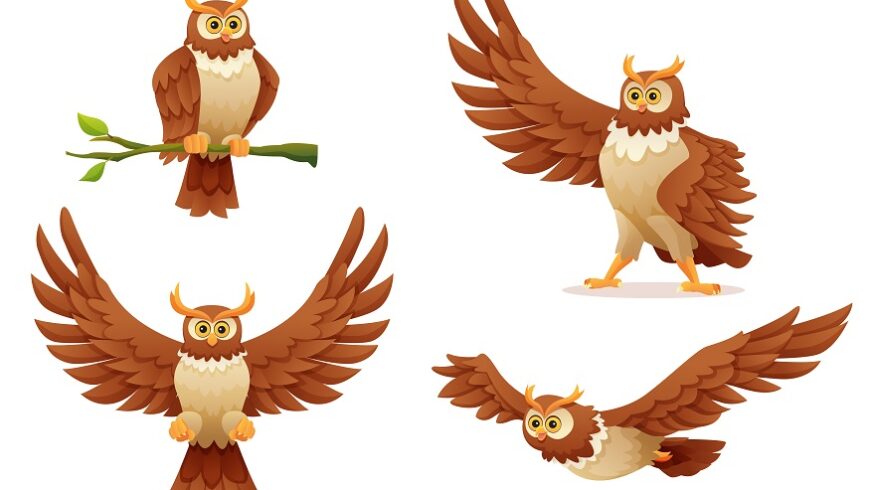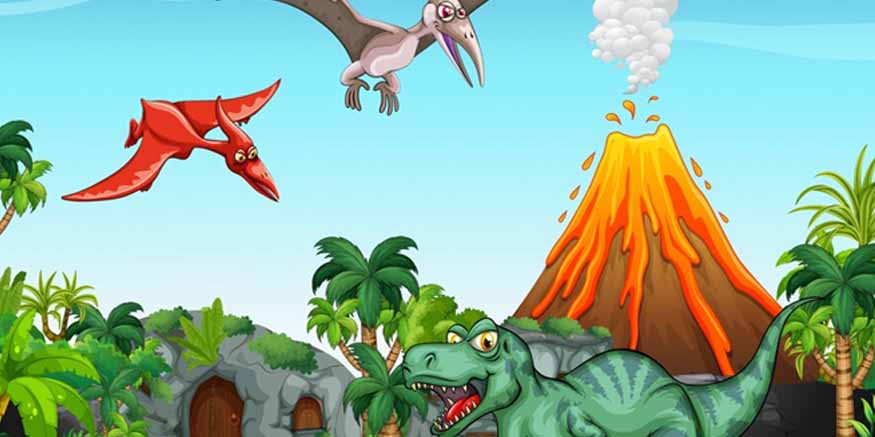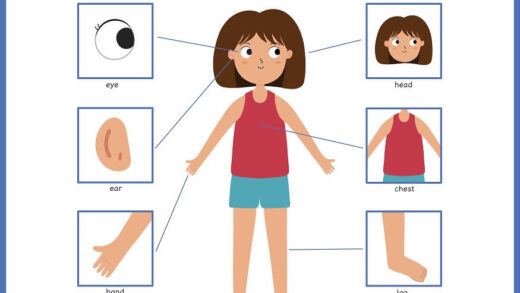The night is a signal for most of the living beings to get into their homes and sleep. However, this might not be the case for a few beings. Nighttime or darkness is the indication for these nocturnal species to start their routine tasks.
Nocturnal animals
Nocturnality is the behaviour of staying active during the night time. The birds and animals that are active at night are called Nocturnals. These creatures usually have very good hearing, a strong sense of smell, and eyesight that is suited for the dark.
Creatures that show nocturnality have an advantageous circumstance that helps them in their survival.
Why creatures are Nocturnal
Many theories give reasons for the creatures becoming nocturnal. One such theory says that nocturnals survive from predators that are diurnals.
It could be said that most of the species of ancient times were birds and animals but not reptiles. These species evolved into becoming nocturnals, surviving the attack from the dinosaurs or big reptiles by being active during the night.
Another theory says that nocturnality helps a few animals and birds to hunt well. Species that prey on small animals like rodents and mice such as Owls, Coyotes etc. show nocturnality.
Did you know?
Diurnality refers to the behaviour of being active during the day and inactive at night. The animals and birds that show this behaviour are referred to as Diurnals.
It also turns out that some animals have embraced the nocturnal lifestyle in an attempt to limit their encounters with us diurnal humans. All across the world, mammal species are becoming more nocturnal as a way to avoid human contact.
How nocturnal animals survive
Most of the animals survive the night and adapt to it by displaying unique behaviour. For example, bats are always active during the night. They use echolocation i.e. locating obstacles and objects with sound waves, to fly around and search for food.
Nocturnal animal’s vision
Nocturnal animals have larger eyes and pupils that open wider than humans, allowing more light in. They also have a reflective layer behind their retinas called a tapetum, which sends light back to the retina. Additionally, they have more rod cells in their eyes for detecting motion and visual information.
Below is a table with 20 nocturnal animals and birds:
Serial Number | Animal/Bird Name | Prey/Predator | Diet |
1 | Barred Owl | Predator | Meadow voles, mice, shrews, squirrels, rabbits, birds |
2 | Kakapo | Prey | Seeds, fruits, nuts, berries, and fruit of rimu tree |
3 | Large-tailed Nightjar | Predator | Insects (Moths, mosquitoes, crickets, grasshoppers, beetles, wasps, and flying termites) |
4 | Tawny Frogmouth | Predator | Insects, small mammals, birds, reptiles |
5 | Spectacled Flying Fox | Prey | Fruits, nectar, pollen |
6 | Aye-Aye | Predator | Insects, fruits, tree sap |
7 | Fennec Fox | Predator | Insects, small mammals, birds, fruits |
8 | Eastern Screech Owl | Predator | Insects, small mammals, birds |
9 | Common Genet | Predator | Rodents, birds, insects, fruits |
10 | Barn Owl | Predator | Rodents, birds, insects |
11 | Bushbaby (Galago) | Predator | Insects, small vertebrates, fruits |
12 | Hedgehog | Predator | Insects, small vertebrates, fruits |
13 | Tarsier | Predator | Insects, small vertebrates |
14 | Brown Long-eared Bat | Predator | Insects, small vertebrates |
15 | Great Horned Owl | Predator | Mammals, birds, reptiles |
16 | Slow Loris | Predator | Insects, small vertebrates, fruits |
17 | Eastern Whip-poor-will | Predator | Insects, small vertebrates |
18 | Northern Saw-whet Owl | Predator | Insects, small mammals, birds |
19 | Bilby | Prey | Insects, small vertebrates, fruits |
20 | Sugar Glider | Prey | Nectar, pollen, insects, small vertebrates |
Fun fact
- A few species of Owl are also active during the day. They’re skilled hunters with silent flight.
- Kiwi birds are a family of nocturnal birds endemic to New Zealand.
- Honey badgers are fearless creatures that fight larger animals despite their small size.
Many animals benefit from being active at night, but human activities like light pollution can harm them. This is especially true in cities, where it’s never really dark. Light pollution can disrupt the behaviour of migratory birds and sea turtles, who rely on starlight (light from the moon and stars during the night).
For more such informative blogs, Visit Mother’s Pet Kindergarten!













Recent Comments